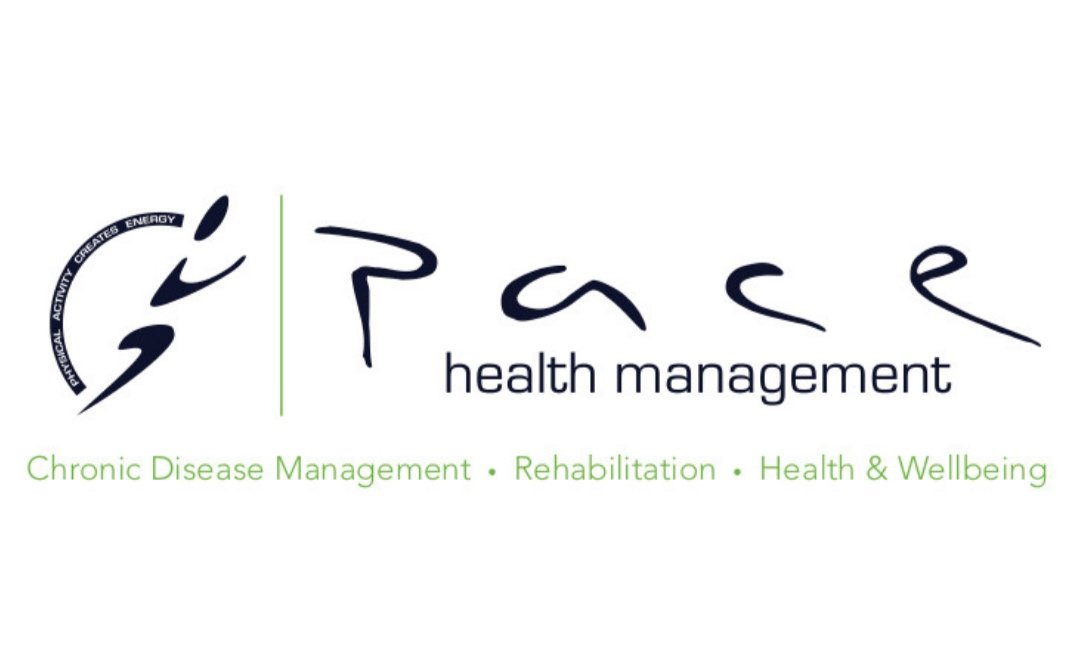Have you heard about the Med Diet?
The Mediterranean Diet (a.k.a the Med Diet) has been quickly coined as one of the ‘Healthiest Diets’ by nutritional professionals, with the World Health Organisation acknowledging the Med Diet as an effective dietary strategy to prevent and control against chronic diseases.
Despite its name the Med Diet encompasses more of a dietary pattern than an actual diet. It incorporates the traditional food and diet habits of countries bordering the Mediterranean Sea, such as Greece and Italy.
The Med Diet caught the attention of scientists in the mid 20th century, as they observed that people living in these regions had lower rates of chronic disease and a higher life expectancy than Western countries.
What does the science say?
There is strong research to suggest that individuals following a Mediterranean focussed diet have overall longevity of life, and a reduced risk of experiencing Cardiovascular Disease, Heart Disease, Type 2 Diabetes, Alzheimer’s, Dementia and overall Cancer incidence.
What makes it different?
The Med Diet places an emphasis on consuming an abundance of fruit, vegetables, wholegrains, legumes, nuts and olive oil daily. With fish, poultry, beans and eggs included weekly. Unlike the western diet, only a small portion of red meat and dairy products are consumed.
The foods prioritised as part of the Med Diet are particularly rich in healthy fats, fibre and antioxidants which assist in promoting good cholesterol, gut health and reducing inflammation in the body.
The Med Diet also places a strong importance on certain behaviours beyond food that promote physical and mental wellbeing. Habits such as eating socially and for enjoyment with communal mealtimes, moving your body daily and consuming the occasional glass of red wine are practices also adopted as part of the Med Diet.
How can I incorporate the Med Diet at home?
As the Med Diet is not a particular diet as such, you do not need to change every aspect of your diet, however there are some ways you can incorporate features of the Med Diet into your daily routine to begin to reap some of the health benefits.
Some ways you can adopt the Med Diet at home include:
Aim to have Fish Twice per week for a rich source of protein and healthy omega 3.
Here are a few ways you can incorporate more fish into your diet:
Add a can of tinned tuna (in olive oil for extra benefits) on Ryvita's, in a sandwich filling or with pasta.
Swap a chicken roast for a tray baked Salmon (see our blog for a recipe).
Try homemade crumbed fish fillets with salad.
Eat an abundance of fruit and veg daily. Fruit and Vegetables are the foundation of the Med Diet and in Australian the dietary guidelines recommend adults consume 2 serves of fruit and 5 serves of vegetables daily. They are an excellent source of vitamins and minerals, as well as a rich source of fibre therefore promote overall good health.
Here are a few tips to increase your fruit and veg consumption:
Try adding a side of fruit with your breakfast daily, such as a bowl of chopped watermelon/ apple or fresh berries.
Snack on carrot or celery with dips.
Choose fruit as a snack. Tip - try an apple with a tablespoon of a delicious nut butter and cinnamon.
Build your meals around vegetables – think veggie pasta and then how you can add your protein source.
Prioritising ‘Healthy’ Fats such as mono and poly-unsaturated fats in the form of olive oil, avocado and nuts and seeds. Including these healthy fats daily will help to promote cardiovascular health by reducing ‘bad’ cholesterol and improving ‘good’ cholesterol.
Here are a few tips to increase healthy fats in your diet:
Try a handful of unsalted nuts or seeds for a snack at morning tea or afternoon tea.
Add a tablespoon of Natural Nut butter or a quarter of an Avocado on wholegrain bread for breakfast.
Use a quality extra virgin olive oil in cooking or substitute it into baking.
Try a tablespoon of extra virgin olive oil and juice of half a lemon for a tangy salad dressing.
Include a wide variety of wholegrains each day to promote gut diversity and a healthy microbiome, not to mention improve feelings of fullness keeping you satisfied for longer.
Some ways to increase the variety of wholegrains in your diet include:
Switching out your white bread for a wholegrain or rye bread.
Try swap your white rice for a brown rice or quinoa a few times per week.
Enjoy oatmeal or muesli (with nuts and seeds is great) for breakfast.
Add a wholegrain to your salad such as freekeh, bulgur, barley or quinoa.
Try snacking on popped corn (tip - try find an air popped corn) or wholewheat crackers and dip.
